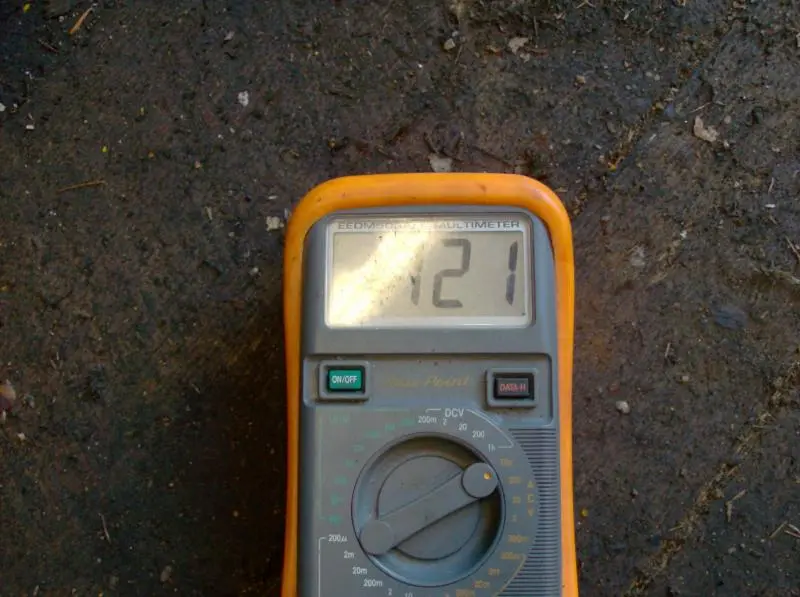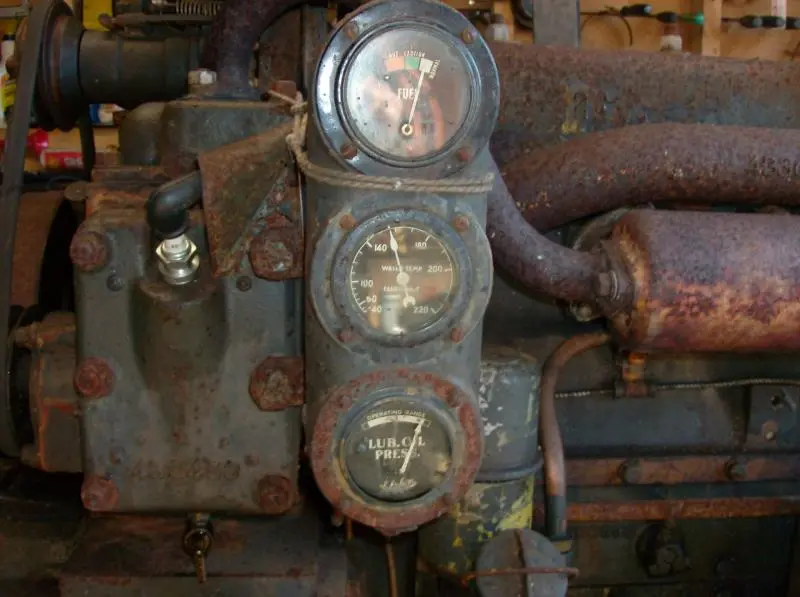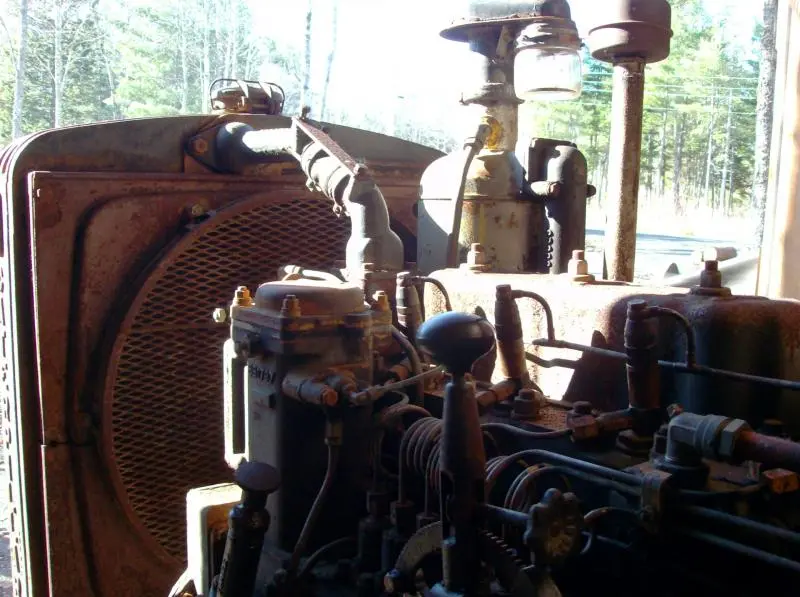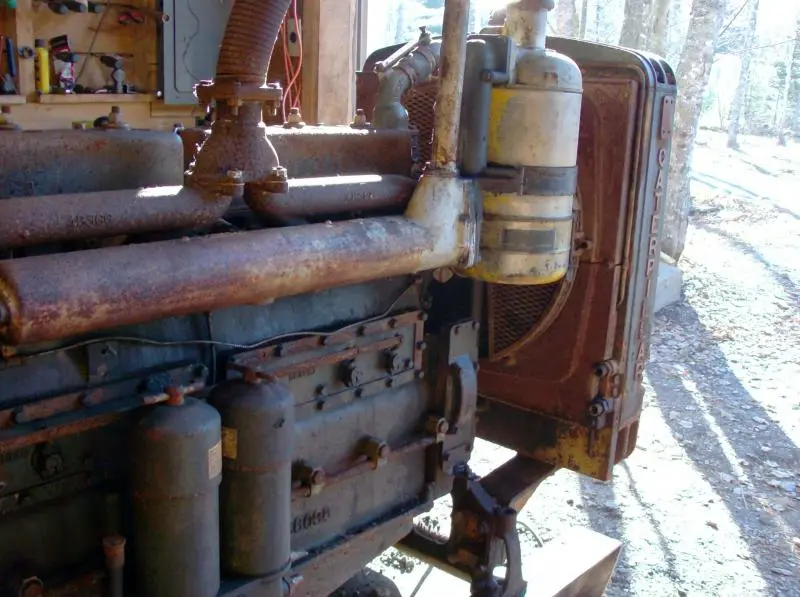Using the schematic that Old Magnet posted, this is the zig-zag connection. The pair of leads should be your neutral, T3 should be a line and T 8 should be the other one. Should find 240 volts between T3 and T8 and 120 between either one and neutral.
First thing you may need is a breaker or fused disconnect at the generator to feed the wire to the transfer switch. This protects your generator from serious overload or short circuit in the wiring up to the main breaker at your panel. If the distance is very short, inspectors will usually allow you to connect directly without a disconnect or breaker, but still a great idea to have it even if no inspection needed or they don't require. Breaker or fuses should be 100 amp and wire large enough to handle 100 amp over the distance to the main panel without serious voltage drop.
Transfer switch for whole house load must handle the whole service amp rating, so if you have a 200 amp service (almost a minimum for new installations these days), you need a 200 amp switch. Many times the 200 is cheaper than a smaller one anyway, just because they sell so many more of them. Unless you run into a stubborn uninfomed inspector, you do not need a generator capbable of supplying 200 amps to supply a 200 amp transfer switch. If you really did have 200 amp worth of load in your house, you would have to shut off stuff until your generator could handle the amps. Most folks have sense enough to do this, but have hears of situations where they couldn't get an approval without buying a larger generator.
With a 2 pole single phase transfer switch, to meet code, your neutral connection (the T2 and T9 pair) would be "floating", in other words not connected to the frame or ground at the generator. It would connect to the neutral wire feeding into the transfer switch and the transfer switch should carry the neutral on through to the main panel or sevice entry where it is already bonded to ground. Connect ground wire in cable or conduit to transfer switch to frame of generator in connection box (and drive a ground rod at generator and connect ground wire to it as well if you want). The two lines connect to the switch and lines to main panel are transferred when you throw the handle.
If your generator will light a 120 volt test light by touching one of the lines and the generator frame or ground lug, it has a neutral to ground bond somewhere which must be lifted (if it can be) or use a 3 pole transfer switch so the neutral is transferred as well as the two lines.
This is all so that there is only a single neutral to ground bond in use at one time. If the neutral is bonded to ground at the generator like a lot of small portable sets are and used with a 2 pole transfer switch, that makes 2 bonds active at all times the generator is connected. I think a lot of the smaller generators with receptacles mounted on them are used with 2 pole transfer switches assuming the generator won't stay plugged into the transfer switch inlet plug unless it's being used. Hard wired generator should have floating neutral or 3 pole transfer switch. In practical terms, this prevents any neutral current (120 volt loads current runs in the neutral wire) from ever getting into the safety grounding wires which are connected to the surfaces of appliances and equipment that people touch. It's a long shot that this would ever cause problems, but has done if a ground connection was broken or corroded in the wrong place, so that's why the code is written that way.
As to whether this is a good backup generator, it depends mostly on what kind of load you will be putting on it and whether you can keep fuel in it and if you can start it when you need it. I would install the transfer switch and if you don't end up keeping the CAT as your backup, you can easily connect another generator to your transfer switch.
D2-5J's, D6-9U's, D318 and D333 power units, 12E-99E grader, 922B & 944A wheel loaders, D330C generator set, DW20 water tanker and a bunch of Jersey cows to take care of in my spare time😄





